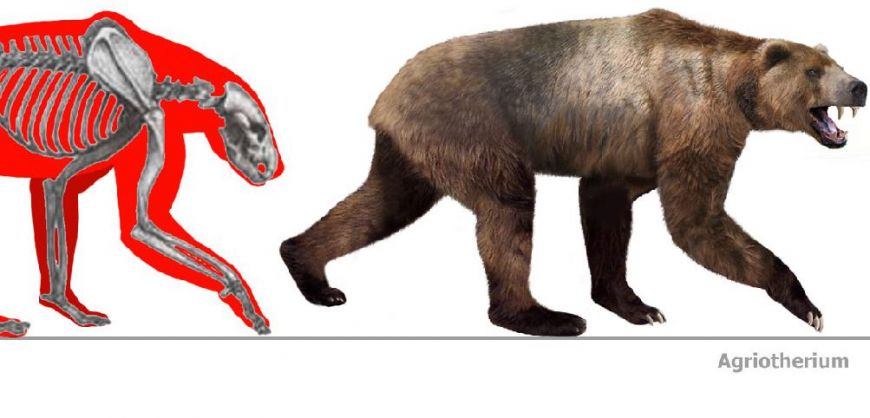The fossil remains of a huge bear species that lived in Grevena around three million years ago were found. The scientific name of the gigantic bear that lived in the area was the agriotherium, according to Assistant Professor Evangelia Tsoukala of the Paleontology in the Geology Department of Aristotle University of Thessaloniki.
Ms. Tsoukala addressed the international conference on the study of the bear that was held in Thessaloniki where she showcased the discovery of a heel of the left tarsus of the first paleolithic agriotherium found in the area. “The size of the heel, which is 25 percent bigger in relation with a brown bear, is indicative of the size of animal,” said Ms. Tsoukala.
Research has indicated that the agriotherium co-existed with a smaller archaic bear known as the ursus etruscus that lived 1.5 million years ago. At that time there was an abundance of flora and water in the region with temperatures higher than they are today.
The ursus etruscus is believed to be an ancestor of the surviving brown bear, an endangered species that lives in the region of Grevena.
It should be noted that the largest tusks in the world belonging to the mastodon Mammut borsoni had also been found in Grevena. These 5.02-meter tusks are listed in the Guinness Book of Records.


































